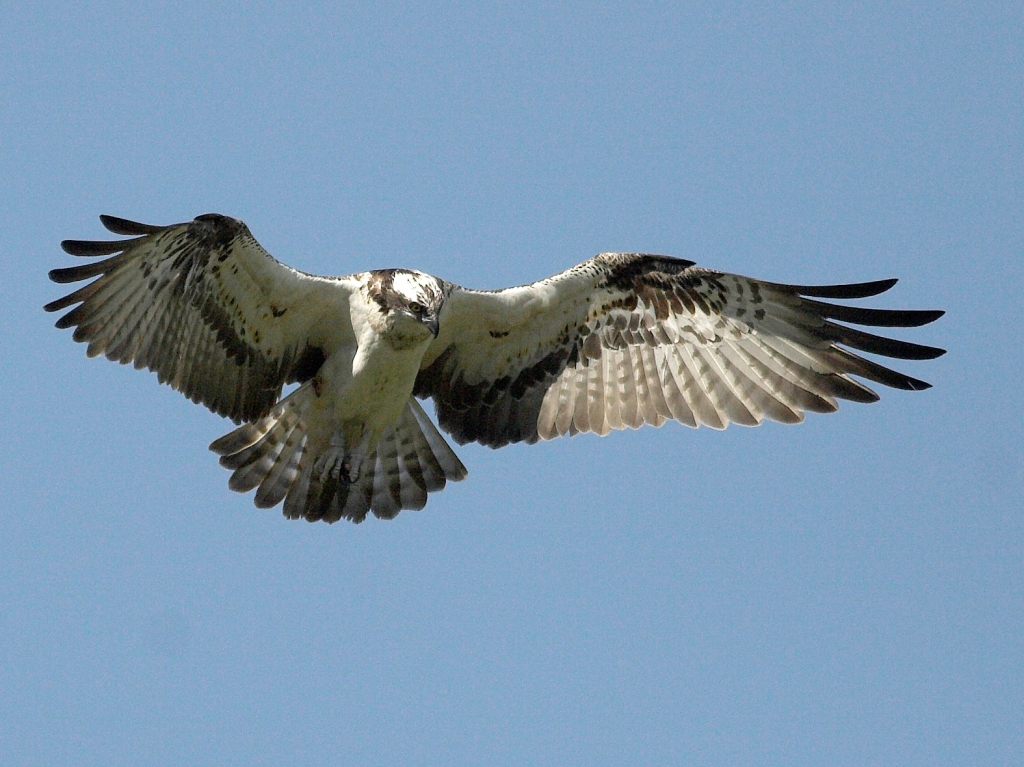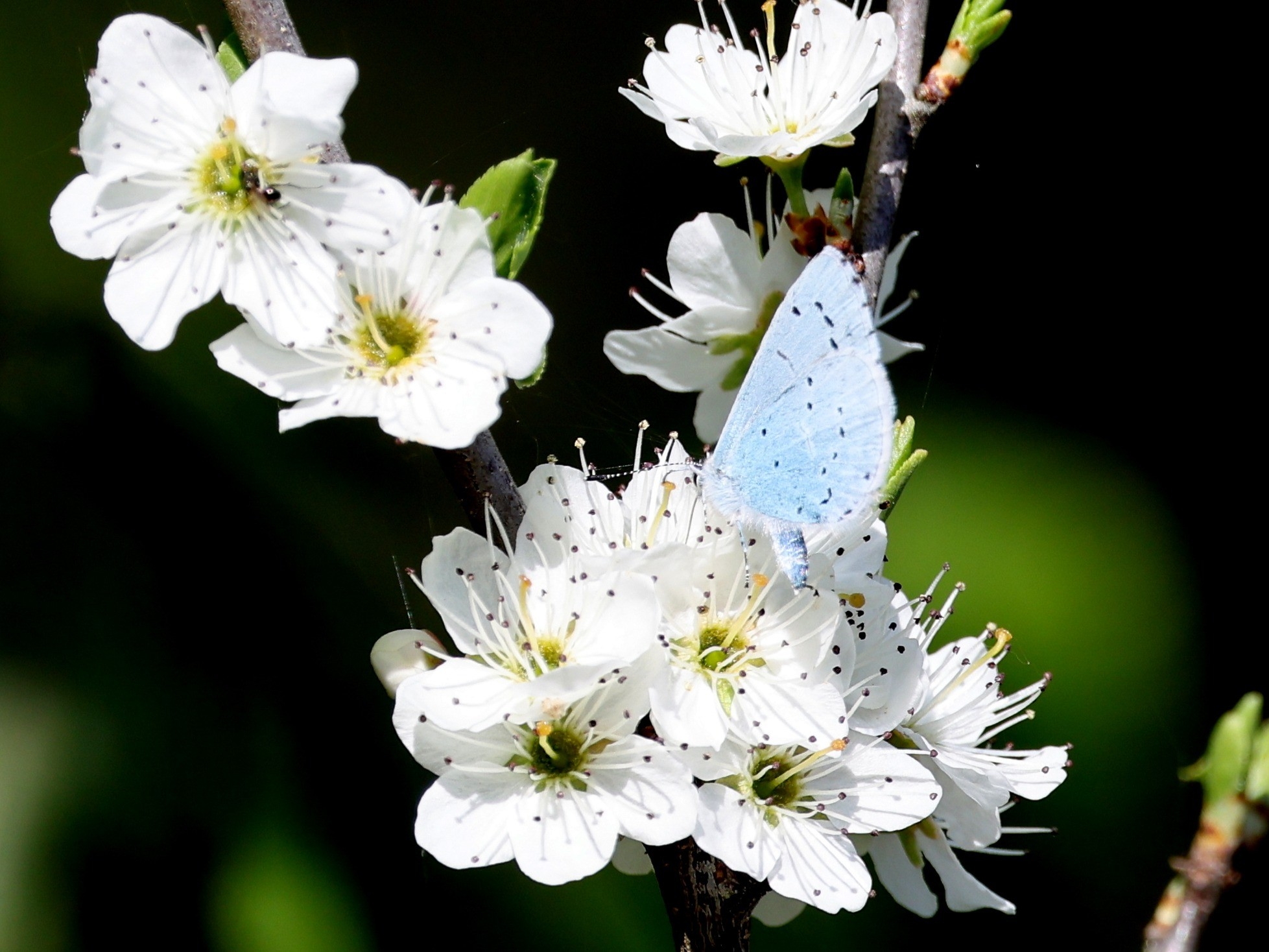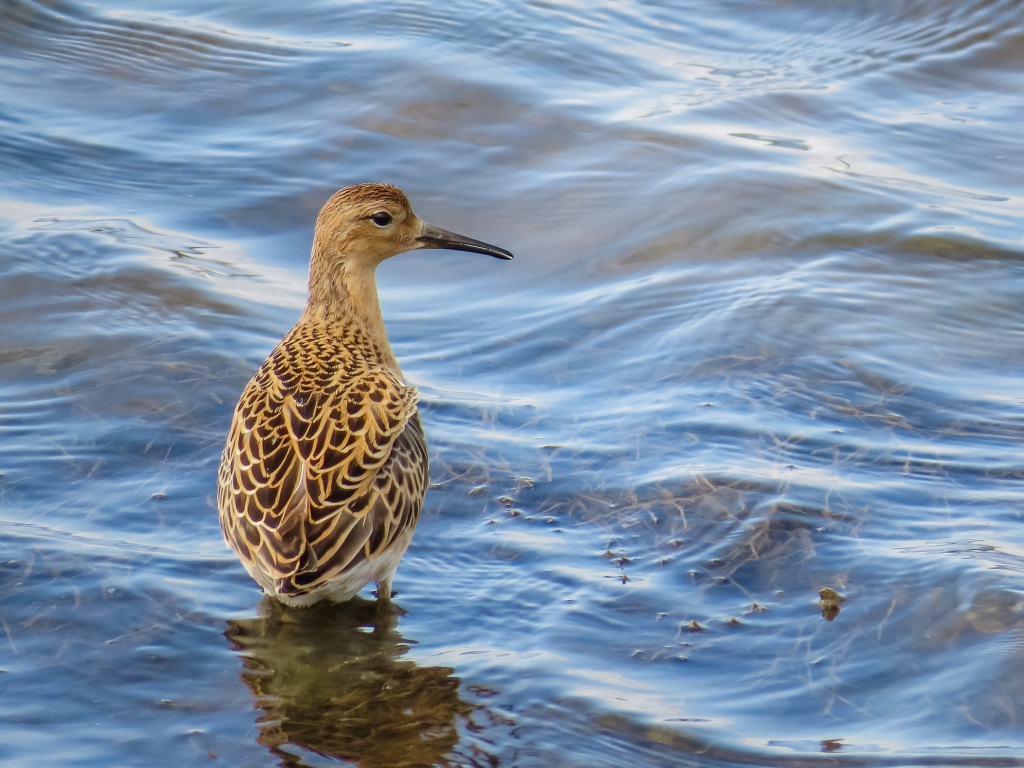Recent Sightings 19th - 25th March
Blackcap, Butterflies, and the illusive Greenshank
With this exceptionally warm weather that we've had this week, we can really feel Spring out on the reserve. Nest building is underway and territorial squabbles are rife as birds battle for mates and the best spot to start settling down.
Our first flowering tree on the reserve is Bird Cherry, having begun the process in mid to late February and now the Blackthorn is following suit. The Bramble is starting to leaf where it'll soon grow thick and it'll create the perfect cover for nesting birds and small mammals.
The heat and clear skies has set in motion our butterflies, of which there's a large variety dotted about our paths. You'll often find these fantastically colourful butterflies resting on the paths with their wings out taking in the sunshine. Some of the main species you're likely to see at the moment are Peacock butterflies, Small and Large Whites, Brimstones, Red Admirals, Commas, and Speckled Wood's.
They are all extraordinarily bright and colourful when they're resting on grey stones but soon enough they'll blend in with the spectacular colours of the wildflower meadows and leafing trees.
Our first summer warbler arrived this week with the Blackcap marking the occasion itself with its Blackbird-esque flute like song.
They're a medium sized passerine with a grey body, and a black cap if they're a male and a brown cap if they're a female. The song has a similar pitch to a Blackbird's but it's song is lengthier, and starts its tune with a scratchy stop and start, ticking, and then unravels into a glorious flutey song. So far a lot of the Blackcap birds we've identified have been in the Northern Loop of the reserve but there is a couple in the Western end of the West Scrapes. The key to finding and spotting Blackcaps is look for any small area of woodland and with luck, you'll see and hear one in all its glory.
The Dafen scrapes has been quite busy with a small number of Lapwing, the full array of our Spoonbills, and plenty of Geese and Ducks spread out over the two ponds there. There is a couple hundred Black-tailed Godwit that still frequently visit the Dafen scrapes, although they're busily moving between the scrape and the Deep Water Lake, so their numbers are not as consistent as they once were in the cold Winter months. Regardless, their rusty orange breeding plumage is starting to come through which is bringing a lot of colour to their dense congregations. On the Saline Lagoon, we've had 56 Redshank which were resting near the Michael Powell Hide accompanied by an elegant looking Pintail Duck. With the Redshank it always helps to look for an odd one out because one or two Greenshank have been in amongst the Redshank crowds this week. To differentiate the two, look for the legs as Redshank have sharp red legs while Greenshank have a greenish-yellow tinge to their legs. The plumage for the Greenshank is a lot more of a light-grey to white, compared with the Redshank's brown and white plumage.
Any week now we're expecting our first Sandmartens to arrive, followed by the Swallows and Housemartens. In the next couple weeks, we're expecting the truly spectacular Reed warblers to arrive where they'll fill the air with their ballads, and many other of Summer's gifts that we'll elaborate on next week.



